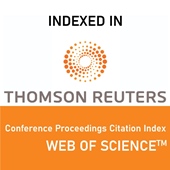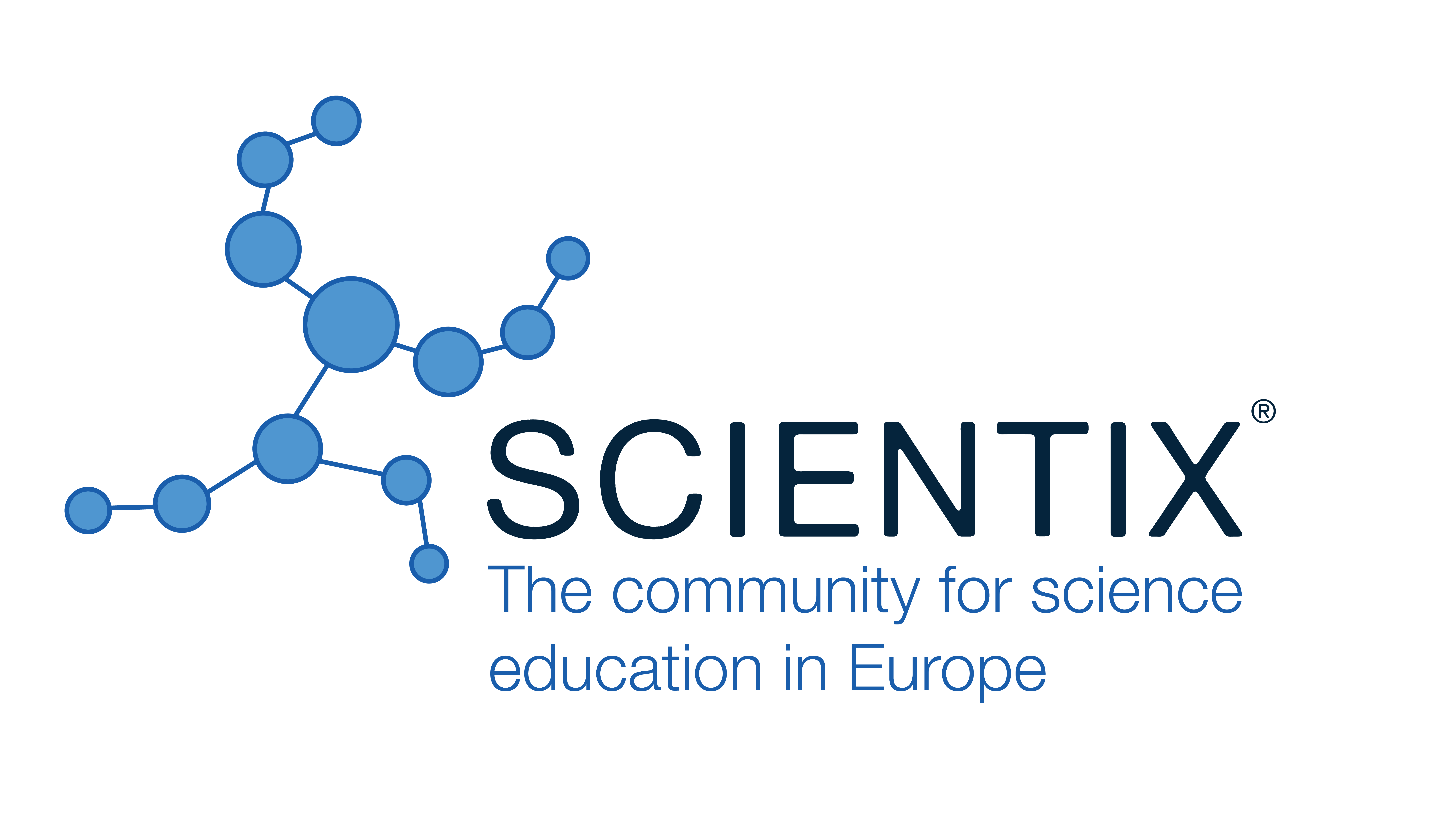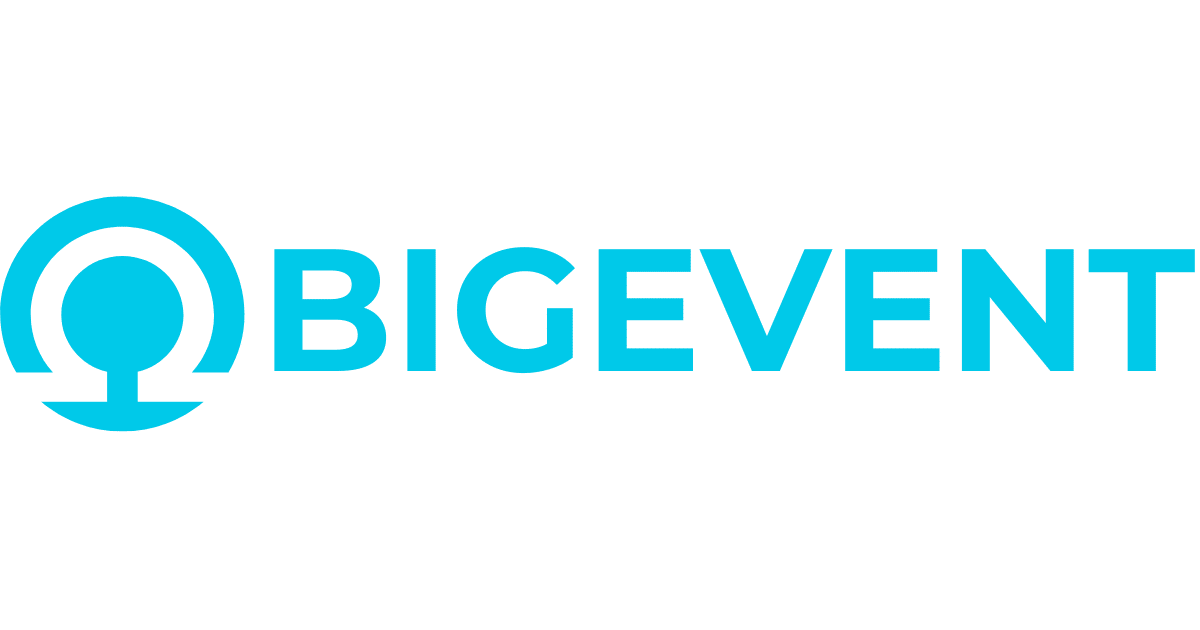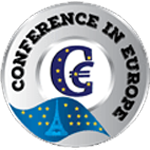EEG-Based Attention Gaming to Enhance Cognitive Performance in Students with ADHD: a Single-case Study Across Subjects
Angelo Rega, Pegaso University (Italy)
Abstract
In this study we want explore the effectiveness of gaming sessions that include electroencephalographic monitoring of attention (EEG-Based Attention Gaming) and that have been developed to improve cognitive performance related to selective attention. We conducted a study involving four students who received a diagnosis of Attention Deficit/Hyperactivity Disorder (ADHD), males and aged between 7 and 9 years. ADHD is one of the most common neuropsychiatric disorders in childhood, with an estimated global prevalence of between 5% and 7% of children and adolescents (Polanczyk et al., 2014). Our study stems from the consideration that in the school environment, much work is done on strengthening executive functions, and in particular on attention processes, because they play a crucial role in school learning, determining to a large extent the academic success of students, especially those with ADHD, who have difficulties in maintaining attention, in impulse control and in inhibiting automatic responses. Through a single-case study (Kazdin, 2011), participants were subjected to 21 sessions lasting 15 minutes of gaming per day during which students train attention and the ability to inhibit impulsive responses through a microgame. During the gaming sessions, attention levels were monitored via real-time EEG using the Mindwave Mobile Headset device and the accessory measurement software, which measures attention levels by analyzing brainwave activity, with particular reference to the relative power of beta and theta waves during gaming sessions, providing immediate feedback to participants and allowing them to adapt sessions to individual needs (Lim et al., 2012; Arns et al., 2014); although it is a commercial device, the hardware processor that measures brainwaves is used for professional applications. The measurement of the subjects' cognitive performance was assessed before (T0) during (T1) and after (T2) the intervention using the Stroop test, which measures cognitive inhibition and selective attention. Data analysis highlighted that only 1 participant showed significant improvements in Stroop test scores after the intervention cycle, suggesting that EEG-Based Attention Gaming could not represent a promising tool to improve cognitive functions in students with ADHD (Cortese et al., 2015; Micoulaud-Franchi et al., 2014) but there are still many variables that require investigation.
In this study we want explore the effectiveness of gaming sessions that include electroencephalographic monitoring of attention (EEG-Based Attention Gaming) and that have been developed to improve cognitive performance related to selective attention. We conducted a study involving four students who received a diagnosis of Attention Deficit/Hyperactivity Disorder (ADHD), males and aged between 7 and 9 years. ADHD is one of the most common neuropsychiatric disorders in childhood, with an estimated global prevalence of between 5% and 7% of children and adolescents (Polanczyk et al., 2014). Our study stems from the consideration that in the school environment, much work is done on strengthening executive functions, and in particular on attention processes, because they play a crucial role in school learning, determining to a large extent the academic success of students, especially those with ADHD, who have difficulties in maintaining attention, in impulse control and in inhibiting automatic responses. Through a single-case study (Kazdin, 2011), participants were subjected to 21 sessions lasting 15 minutes of gaming per day during which students train attention and the ability to inhibit impulsive responses through a microgame. During the gaming sessions, attention levels were monitored via real-time EEG using the Mindwave Mobile Headset device and the accessory measurement software, which measures attention levels by analyzing brainwave activity, with particular reference to the relative power of beta and theta waves during gaming sessions, providing immediate feedback to participants and allowing them to adapt sessions to individual needs (Lim et al., 2012; Arns et al., 2014); although it is a commercial device, the hardware processor that measures brainwaves is used for professional applications. The measurement of the subjects' cognitive performance was assessed before (T0) during (T1) and after (T2) the intervention using the Stroop test, which measures cognitive inhibition and selective attention. Data analysis highlighted that only 1 participant showed significant improvements in Stroop test scores after the intervention cycle, suggesting that EEG-Based Attention Gaming could not represent a promising tool to improve cognitive functions in students with ADHD (Cortese et al., 2015; Micoulaud-Franchi et al., 2014) but there are still many variables that require investigation.
|
Keywords |
Game based training, adhd, eeg, attention training |
|
REFERENCES |
[1]. [Arns, M., Heinrich, H., & Strehl, U. (2014). Evaluation of neurofeedback in ADHD: the long and winding road. Biological Psychology, 95, 108-115. [2]. Cortese, S., Ferrin, M., Brandeis, D., Holtmann, M., Aggensteiner, P., Daley, D., ... & Sonuga-Barke, E. J. (2015). Neurofeedback for attention-deficit/hyperactivity disorder: meta-analysis of clinical and neuropsychological outcomes from randomized controlled trials. Journal of the American Academy of Child & Adolescent Psychiatry, 54(6), 444-455. [3]. Kazdin, A. E. (2011). Single-case research designs: Methods for clinical and applied settings. Oxford University Press. [4]. Lim, C. G., Lee, T. S., Guan, C., Fung, D. S. S., Zhao, Y., Teng, S. S. W., ... & Krishnan, K. R. R. (2012). A brain-computer interface based attention training program for treating attention deficit hyperactivity disorder. PloS one, 7(10), e46692. [5]. Micoulaud-Franchi, J. A., Geoffroy, P. A., Fond, G., Lopez, R., Bioulac, S., & Philip, P. (2014). EEG neurofeedback treatments in children with ADHD: an updated meta-analysis of randomized controlled trials. Frontiers in Human Neuroscience, 8, 906. [6]. Polanczyk, G., Willcutt, E. G., Salum, G. A., Kieling, C., & Rohde, L. A. (2014). ADHD prevalence estimates across three decades: an updated systematic review and meta-regression analysis. International Journal of Epidemiology, 43(2), 434-442. [7]. Stroop, J. R. (1935). Studies of interference in serial verbal reactions. Journal of Experimental Psychology, 18(6), 643-662. |
 The Future of Education
The Future of Education




























